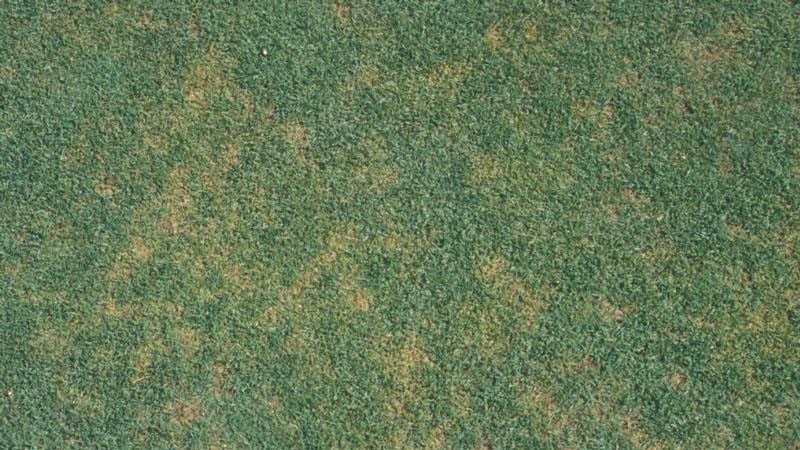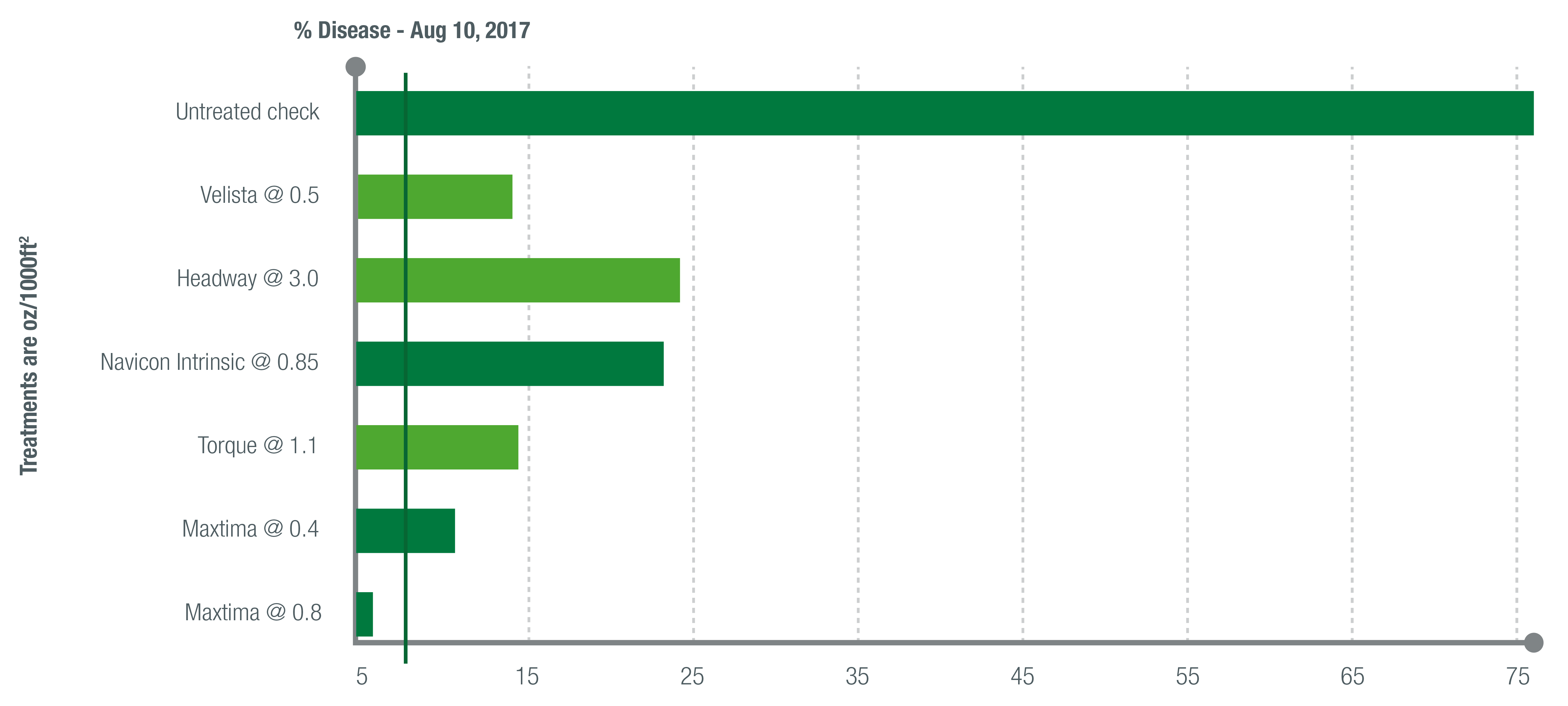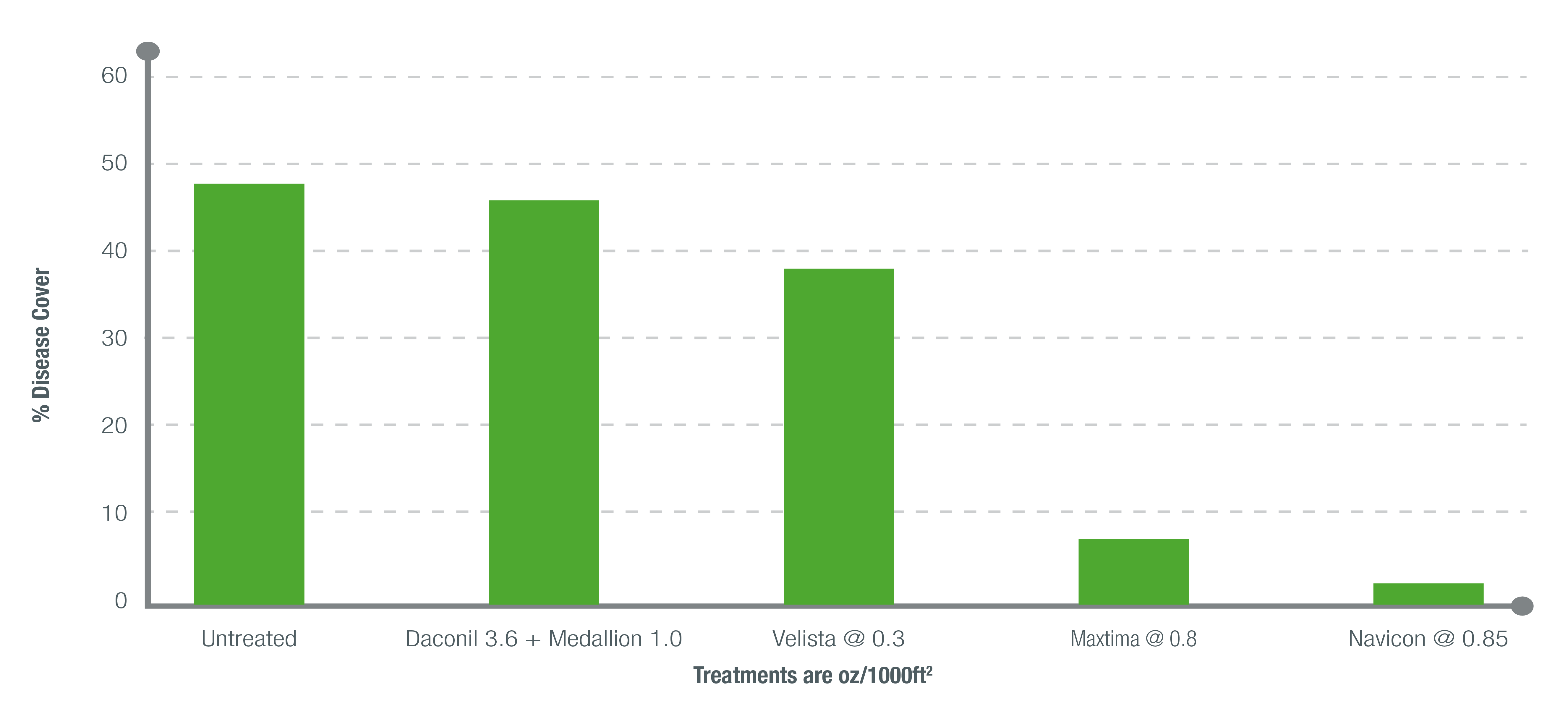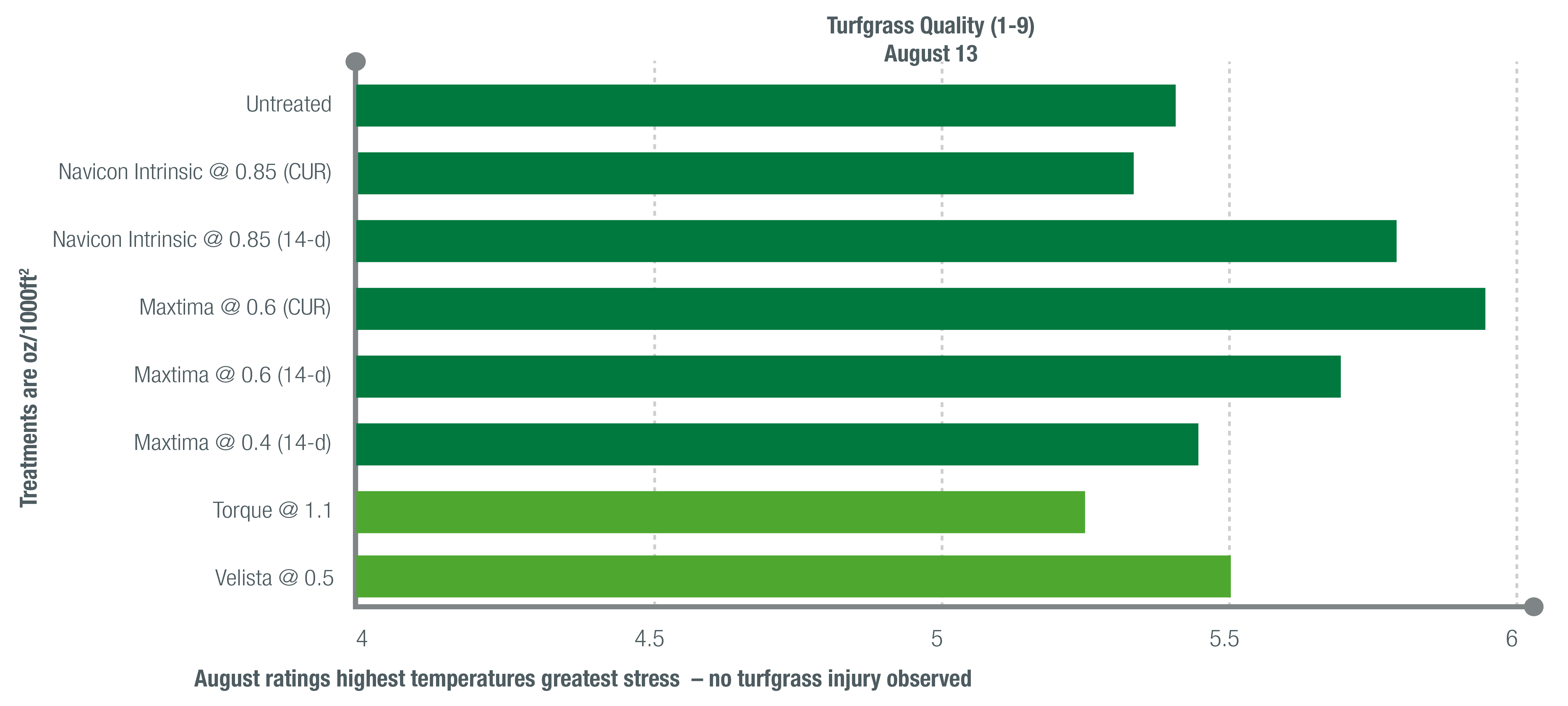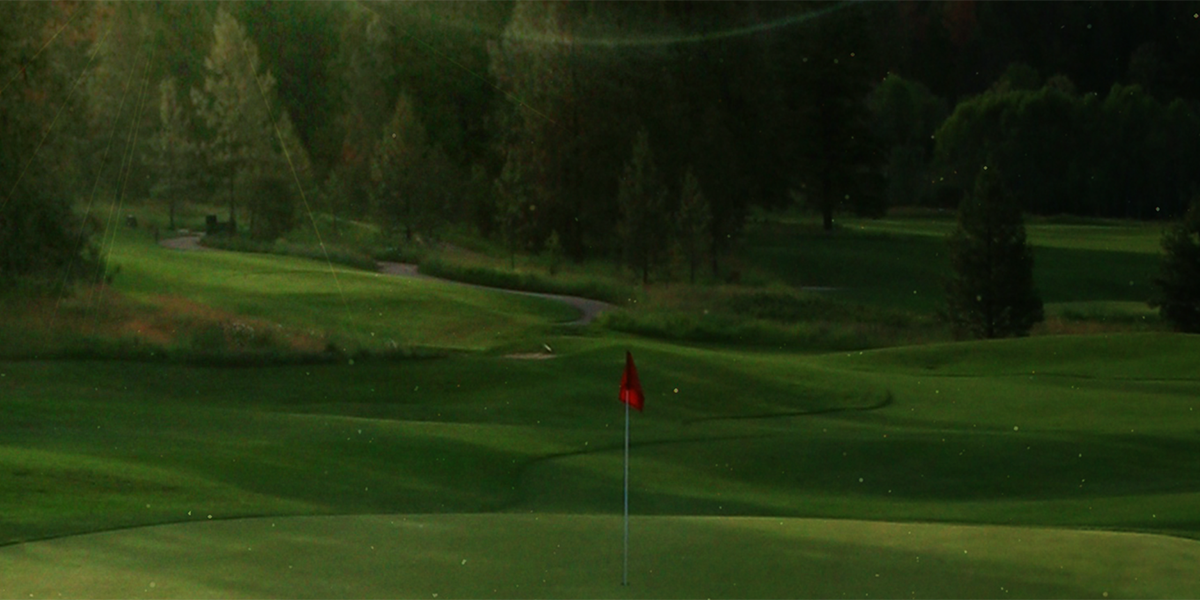DISEASE CONTROL - Anthracnose
The Down Dirty About Diseases: Anthracnose
Anthracnose is a common problem for superintendents whose courses have creeping bentgrass or annual bluegrass. This disease can appear as foliar blight with infection showing in the leaves or a basal rot that attacks crowns, stolons and leaf sheaths of the turf. The disease presents itself in a variety of ways – yellow or orange in color, irregular patterns, small spots, or in patches up to 1 foot in diameter.
Low mowing heights, high traffic, and poor irrigation or fertilization cause high-stress conditions in certain areas of the golf course making them a magnet for anthracnose. Unfortunately, anthracnose knows no seasonal bounds. During hot summer months, creeping bentgrass is susceptible to basal rot symptoms of the disease, however, anthracnose can also present itself as foliar blight during cool and cloudy weather conditions. For annual bluegrass, the opposite is true with basal rot issues occurring in cool overcast weather and foliar blight presenting itself during the hot summer months.
Needless to say, there is no shortage of curveballs this disease can throw at you. So, that begs the question, what can we do to control it?
Welcome to a New Era of DMIs
BASF has a new line of defense against this complex and persistent disease. Maxtima® fungicide and Navicon® Intrinsic® brand fungicide are two new DMI technologies that can be applied at any time, on any turf, at any temperature. Due to its effectiveness, safety and favorable price point, Maxtima fungicide is quickly becoming the new standard for fairway control of anthracnose. For greens – your highest stressed area of turf – we recommend Navicon Intrinsic brand fungicide. This new product combines the active ingredient in Maxtima fungicide with the plant health benefits of our Intrinsic line of products for stronger roots, broad spectrum disease control and improved stress tolerance.
Spray Program Recommendations
- June: Maxtima @ 0.6 floz/1,000 >> $150/acre (Most cost effective for fairways plus strong control of dollar spot)
- July: Navicon Intrinsic @0.85 fl.oz/1,000 >> $330-$450/acre
- Contact Fungicides should always be part of a good summertime rotation program for anthracnose
Our Research
Kerns, NCSU, 2018
Control of Anthracnose on a ‘L-93’ Creeping Bentgrass Green
Pest
Anthracnose (Collectochrium spp. [suspected strobilurin resistant])
Applications
7/3, 7/18, 8/1, 8/15, Aug 28
applied on 14 or 21-day interval for all products
What the Experts are Saying
Anthracnose control with Maxtima and Navicon
Summer safety with a new DMI from BASF
Maxtima - A new broad spectrum DMI from BASF
Related

